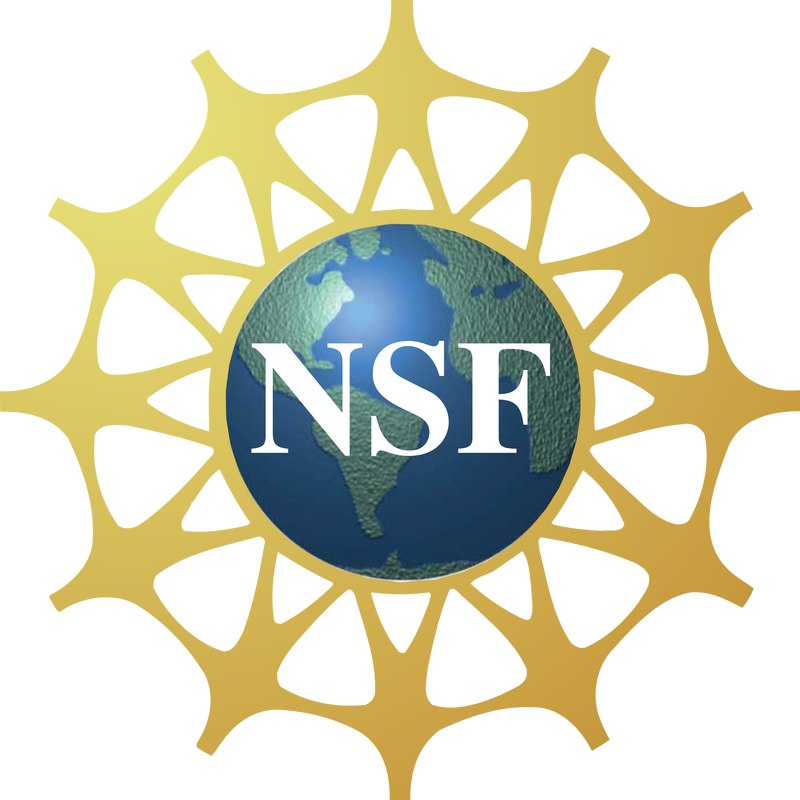To kick off the new year, the CAP Network is leading another multi-institution herbarium digitization course. This online course of 30 students meets synchronously via Zoom, once per week, to transcribe specimen labels on Notes from Nature. Along the way, we've encountered many of the unique forms that herbarium specimens can take.
Because the most obvious features of a plant--namely the leaves--are not always the best diagnostic characters (i.e., characters that can help you identify the plant), collectors will sample other parts of the plant. Reproductive structures are often critical, but other features such as bark or a cross-section of the stem can aid in identification and further analysis.
However, in some cases, what you see on the sheet is all that the collector had to work with at the time. If you're collecting in the winter, all you might be able to find is twigs, dead leaves, and dry remnants of fruits...but that doesn't stop some collectors from documenting the occurrence anyway!
A specimen need not be beautiful to be useful. Each collection documents the conditions at a unique place and time, and it captures the status of plants at that historical point. Keep an eye on our class website for new and interesting specimen discoveries and for a tally of our progress as our students digitize these precious data snapshots.




